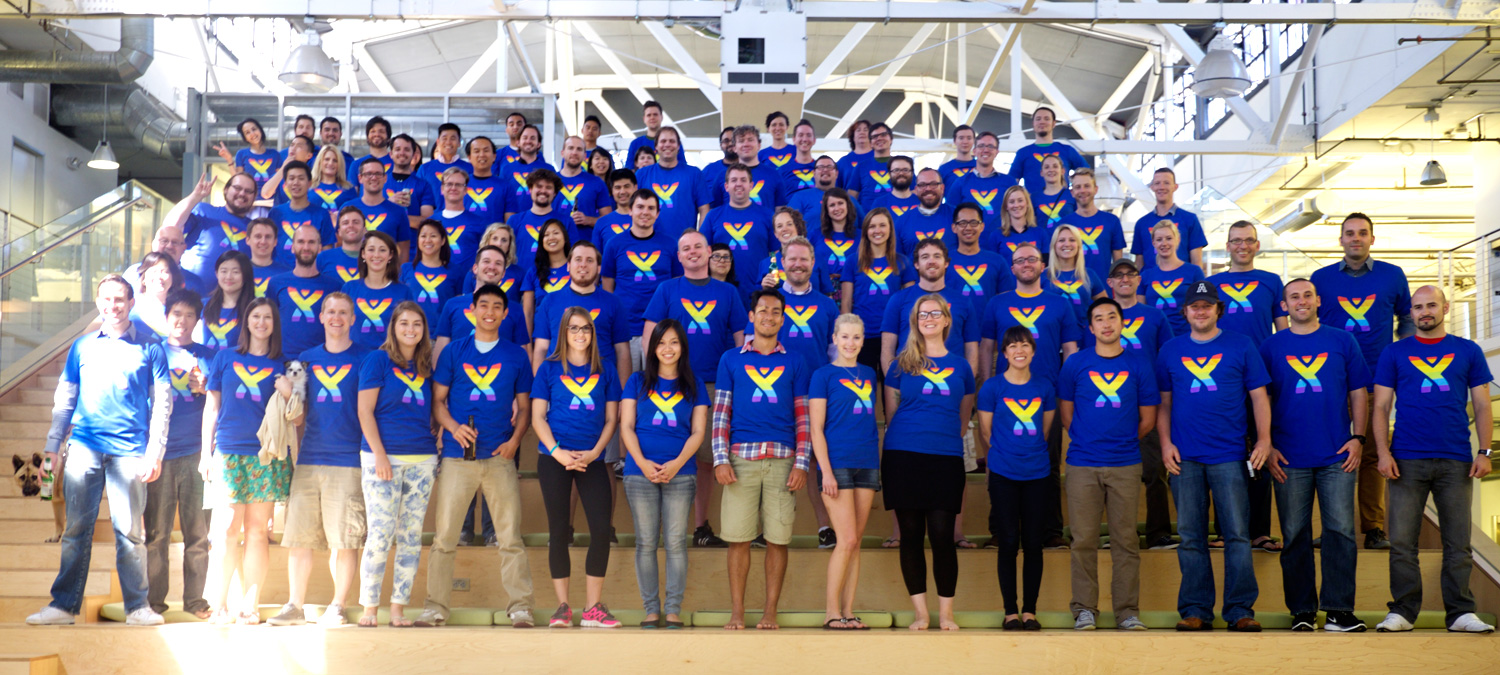SENIOR L&D MANAGER, ATLASSIAN
I'd like to make Atlassian an even more amazing place to work, starting with how each Atlassian (is that what you guys call yourselves? Cute.) learns and grows. An organisation is only as strong as the will of its team. I'd like to use everything I know about talent, engagement, learning and development, facilitation, content and creativity to develop your internal talent. It's time.
FIRST CONNECTION: PROBLEMS BELONG TO PEOPLE
The ability of Atlassian to attract awesome talent is well documented. The Leadership team is vocal and doesn't speak in platitudes, which is extra impressive in the current political. I'd like to understand how voices are heard throughout the company and how channels of communication help identify, locate and amplify emerging talent across the organisation.
I am also curious about how easy it is for people to "find each other" across different offices and geographies for the purposes of coaching, sponsorship and mentorship. What are the channels and connective tissue that we can leverage to speed these connections up and make them stronger?
In short, I'd like to use my entire brain and heart to help solve your internal development problems!
Diversity MATTERS: IT doesn't end with Recruitment
One of the biggest challenges for mentorship programs is that the concept itself is geared towards a privileged majority. One-on-one sessions can be intimidating for people who are shy, live with anxiety or who have experienced trauma. Similarly, group networking tends to favour loud extroverts over anyone else. A company as intentionally diverse and balanced as Atlassian needs to have different channels for connection. I would like to take time to understand what the current needs are across the different teams, and find patterns that will help illuminate what channels could open up more connections.
Atlassian is everybody: Designing for inclusion
Elevating underrepresented talent through mentorship and sponsorship programs signals real commitment to inclusion and diversity across the organisation. Designing learning and development programs with inclusivity in mind means empowering team leads to identify "unexpected" emerging talent in the organisation and battling unconscious bias during coaching sessions. Making the tools and resources available across different languages is key!
Another feature of a balanced and diverse team is the wealth of experiences and cultural perspectives that are available for the teams. People are more than one thing, and their natural ambitions are as varied as they are. So we can find ourselves running both Lean In Circles, leadership coaching sessions and cake decorating courses!
WORLD DOMINATION: PRograms that scale
Sight unseen, my current hypothesis is that using the Atlssian products (Trello, Jira, Confluence) to design learning and coaching initiatives will be integral to developing programs that truly scale. The smartest idea would be to take a cue from the HR team and partner with them in understanding what their learnings have been around program adoption and what tools work best. Attaching that to engagement reporting (I understand your teams use Culture Amp for that), we could add content to the Atlassian Team Playbook specifically around how to measure the impact of coaching and mentorship in individual teams.
BEYOND RETENTION: LEARNING IS ENGAGEMENT
Learning and development is an obvious retention tool, but it often gets overlooked as an engagement tool. When you hire someone, the conventional wisdom tells you that they should be able to do 100% of the job. However, I have learned that if you hire someone who can do 85-90% of the job, that extra 10-15% allows for curiosity and creativity to switch on as they learn on the job. Instead of hiring someone who has "been there, done that" and could get bored quickly, you can use learning as an anchor tool that will help team members to become more connected to their work. Additionally, they have now learned that you can actively learn on the job and might be better suited to teach others to do the same!
MENTORS & COACHES: BUILDING A CULTURE OF LEARNING
When developing mentorship programs, it's important that these relationships are mutual. The teams should be learning from each other; it should not be a vertical transfer of knowledge. It takes two to tango! Building a culture where everyone feels empowered to pass on their lived experiences and contribute to the relationship is integral to forming lasting coaching and mentorship programs.
THE THREE EASY "E"'s of LEARNING PROGRAMS
My 3 "e" Principles: EXPERIMENTAL
Everything is an experiment. Program design should be an experiment, too. The hardest thing is to understand what variable to isolate and to give yourself and your team permission to fail. For that, it is very important that I spend a lot of my brain power rand time understanding what the current L&D experience is and what the vision is for it. The HRBP seems to be the source of truth for this!
My 3 "e" Principles: EMOTIONAL LABOUR
If I have learned anything in the past 5 years is that no training or coaching is effective unless we come to it with an open heart and mind. Mentorship, coaching and learning is all about connection and connection is impossible if we are putting up barriers. Designing programs using human centric design, kindness and generosity are the only way to get to the core of this problem.
My 3 "e" Principles: EXPERIENTIAL
Learning has to be lived. And not everyone arrives at an "ah-ha!" moment (insert Oprah clip here...) at the same time. The best way to connect people with learning experiences is to do it through storytelling. Our brains are programmed to remember story, so we should leverage that shortcut to create powerful connections and impactful learning programs.









